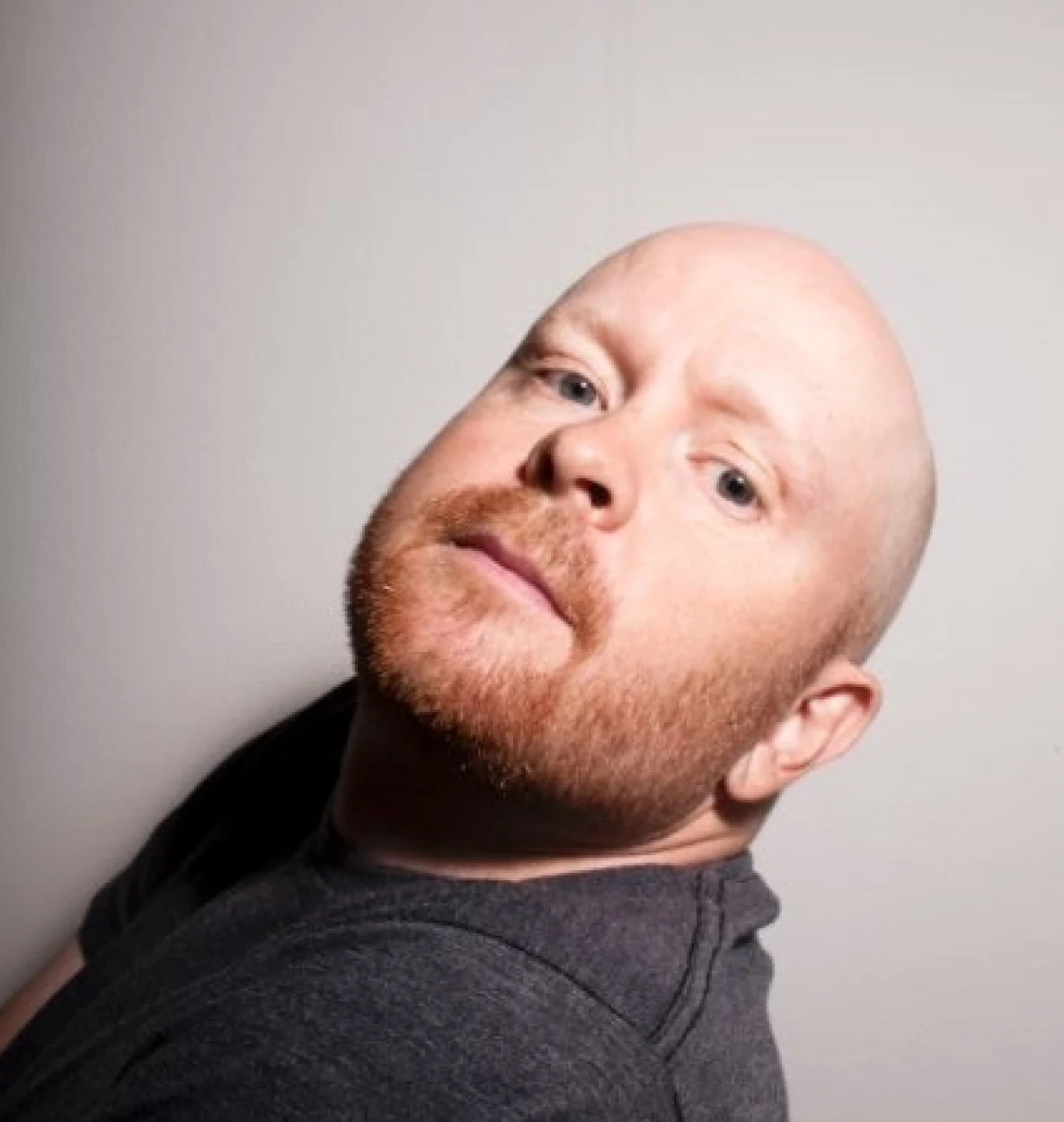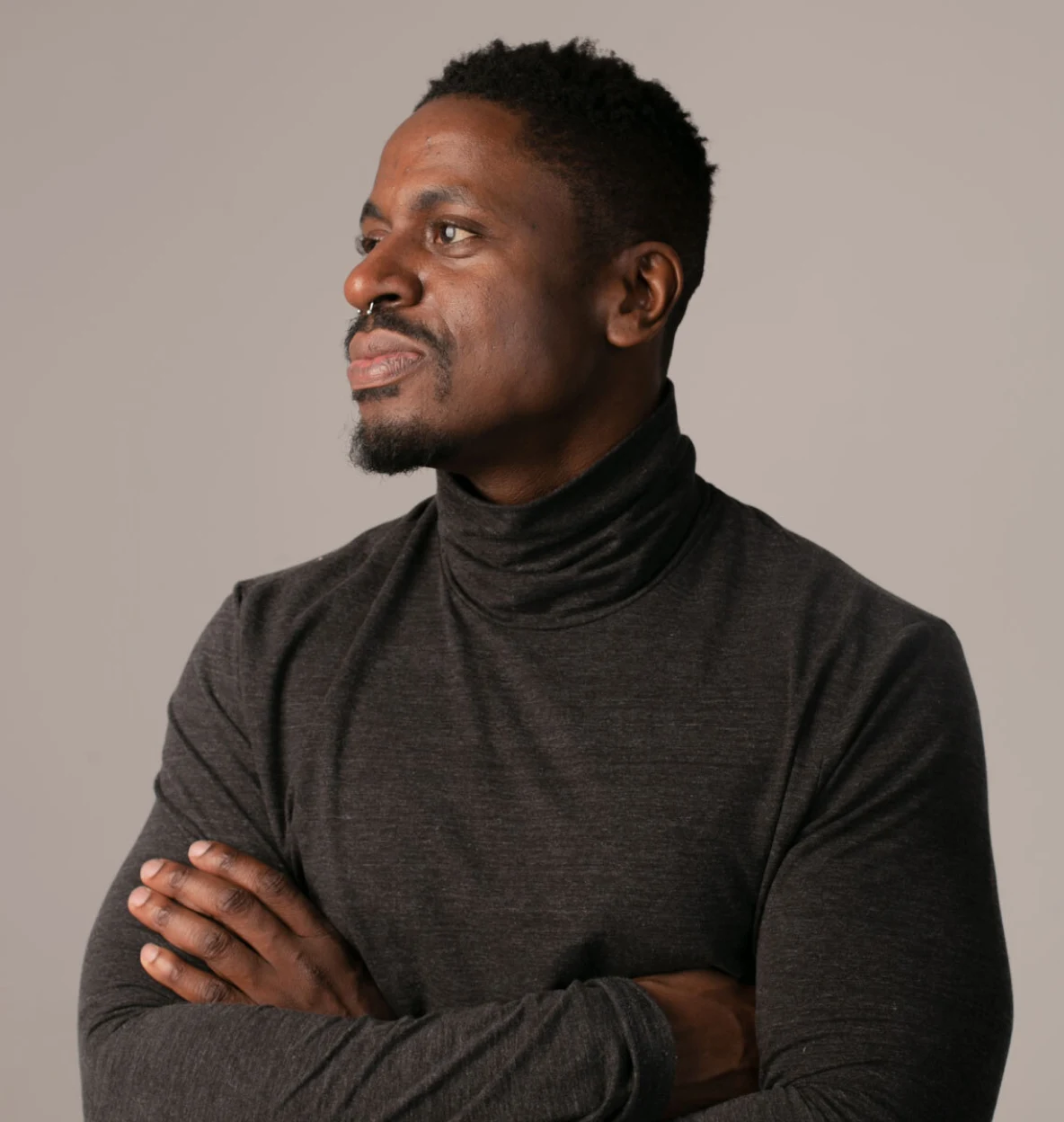The Point • Consumers now have more ways than ever to interact with brands. They control how, where and when they want to browse, research and shop – all right at their fingertips. They toggle effortlessly between multiple devices and different media channels as part of their daily routines.
I’ve spent the past decade working in creative agencies. I’ve witnessed how the growth of platforms like Pinterest have increasingly fragmented the digital media landscape and made our jobs as marketers harder. Getting your creative right has never been more complex. It’s also more important than ever.
But it doesn’t have to be.
I recently sat down (virtually of course) with four industry leaders who strategise, ideate and execute creative campaigns on a daily basis. I was curious to hear how they approach developing smart creative in an increasingly multichannel world.
Here are four tips that they shared:
1. Think like a person, not a brand
‘When you look at the landscape, every other brand is there, too. So you've got extreme competition. Solving the business problem creatively and competitively is paramount. But so is understanding how the brand moves across this landscape – and how it’s connecting with consumers.
The challenge is how we translate these brands across multiple platforms, while taking into consideration the one-on-one relationship that brands have with the consumer. For me, this is where it gets exciting.
"
By humanising our brands, we can find those connections to consumers much easier, especially on social platforms."
Yasmin Sahni
VP Executive Creative Director, GTB

To do this, brands need to stop thinking like products or services, and start thinking like people. By humanising our brands, we can find those connections to consumers much easier, especially on social platforms.
Each unique platform is an opportunity for a brand to connect with the consumer – a way to demonstrate the brand values and ethics that allows the consumer to connect in a meaningful way. You can really win when you get your brand to truly integrate with that platform as an active participant, not a bystander. Ultimately, we need to shift our thinking. Social platforms aren’t just doors. They are rooms.
That is the job – to take a best-in-class idea and translate it across a multitude of platforms in meaningful ways. That's the new creative.’
2. Get comfortable with complexity
‘I'm not going to lie. It's definitely an increasing challenge that everyone is facing. In the old days, we'd think about two or three channels. Now we’re thinking in many cases about seven or eight bespoke locations in which an idea needs to live, so the cognitive load for a creative team is quite high these days.

‘You can use different channels to tell your story in smaller pieces, which casts a lens on the idea in different ways. So you have to develop the mindset of an architect and think structurally about your story’s plot.’
Simon Clancy
AVP Creative Director, Canadian Tire Corporation
What I think hasn't changed so much is that a good idea and story still wins. But we're thinking differently about how stories are told. I encourage creatives to start with the “big idea”. But then think about how to tell it through progressive disclosure. You can use different channels to tell your story in smaller pieces, which casts a lens on the idea in different ways. So you have to develop the mindset of an architect and think structurally about your story’s plot. You have to be comfortable with complexity.’
3. Make your briefs part-story, part-system
‘A brief should inspire thinking about both what an idea is and how it comes to life in service of the end-user’s ideal experience.’
Adam Ferraro
Director, Ogilvy Social.Lab

‘If we look at a brief as a tactical object, there are two key things that we keep in mind to make it more informed. One is the storytelling narrative – the thing that's going to inspire the integrated team to think of a solution that's compelling and interesting. And the other part is the system narrative – how does the solution manifest into the world?
In an ideal world, a brief should inspire thinking about both what an idea is and how it comes to life in service of the end-user’s ideal experience. A best practice that we’ve been pushing forward is incorporating both storytelling and system narratives directly into a briefing document. That can come to life on a single page or an entire boardroom of inspiration.
What's important is creating a back-and-forth discussion using systems and story to understand the problem that we’re trying to solve. I find that it helps us to evaluate new ways of working and gets the group to think critically about every execution – whether that’s a piece of film or an individual Pin.’
4. Get more out of ‘the spot’
‘I think what's helped me is not looking at a shoot to capture “the spot”, but looking at it as a shoot to capture as much footage as we can, and plan accordingly. The trick is managing the right information delivery to the creative team at the briefing stage. You don’t want to overload the creative team with too much detail about deliverables. But you do want to provide that initial awareness so that they understand where the campaign will live.
One way to disseminate information early in the creative process is to organise deliverables into broader themes. For example, if you know a campaign is going to include social video, and require various mobile specs, then the direction for creatives might be, “How do you make creative concepts that are vertical?”

‘The trick is managing the right information delivery to the creative team at the briefing stage. You don’t want to overload the creative team with too much detail about deliverables.’
Neal Owusu
Director of Production, Grey Canada
I always try to head into the production bid or pre-production by understanding the different campaign content needs. Make sure that the creative team and the director have worked out ideas and storyboards upfront. Then it’s a planned part of the production schedule and makes for a more comfortable shoot.’
